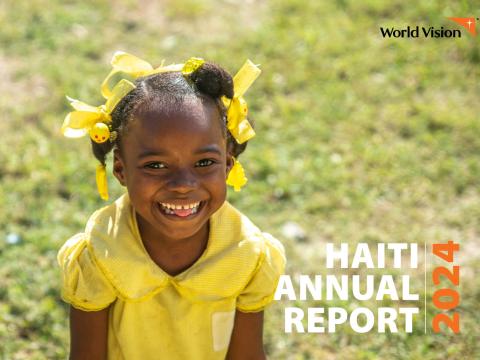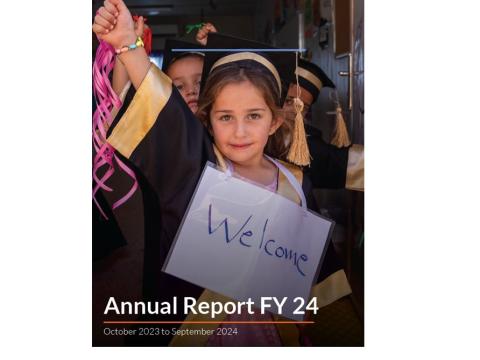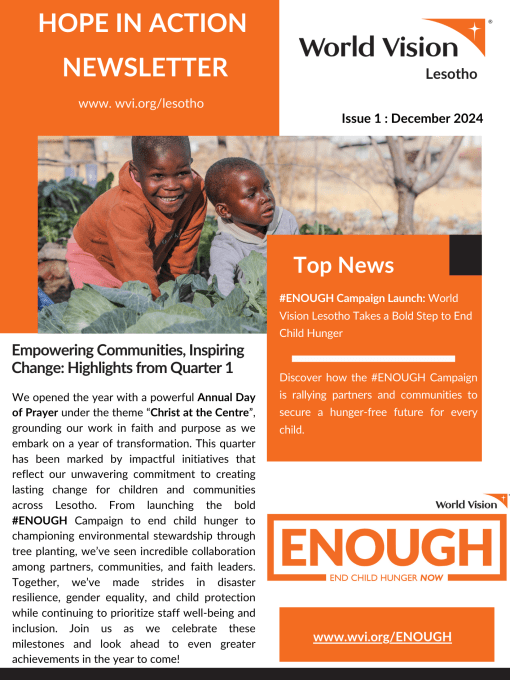Value chain development with the extremely poor: evidence and lessons from CARE, Save the Children, and World Vision
DownloadThe majority of the world’s poorest people live in South Asia and Sub-Saharan Africa. Most of these households engage in rural farming and subsist on incomes at or below the international extreme poverty line of US$1.90 per person per day (our working definition for the ‘extremely poor’) (FAO, 2015). CARE, Save the Children, and World Vision are applying inclusive value chain development(VCD) among households living in extreme poverty in an effort to catalyse sustained food security. In this article, we discuss how VCD can be applied to the extremely poor and how five levers of change can improve livelihoods:
1) capacity; 2) access; 3) productivity; 4) household influence; and 5) enabling environment. We describe examples of how market-based approaches can be utilized effectively to enhance food security. Although they may be distinctive points, we highlight the complementary approaches and outcomes utilized byCARE, Save the Children, and World Vision in facilitating VCD. We conclude with programming recommendations.



